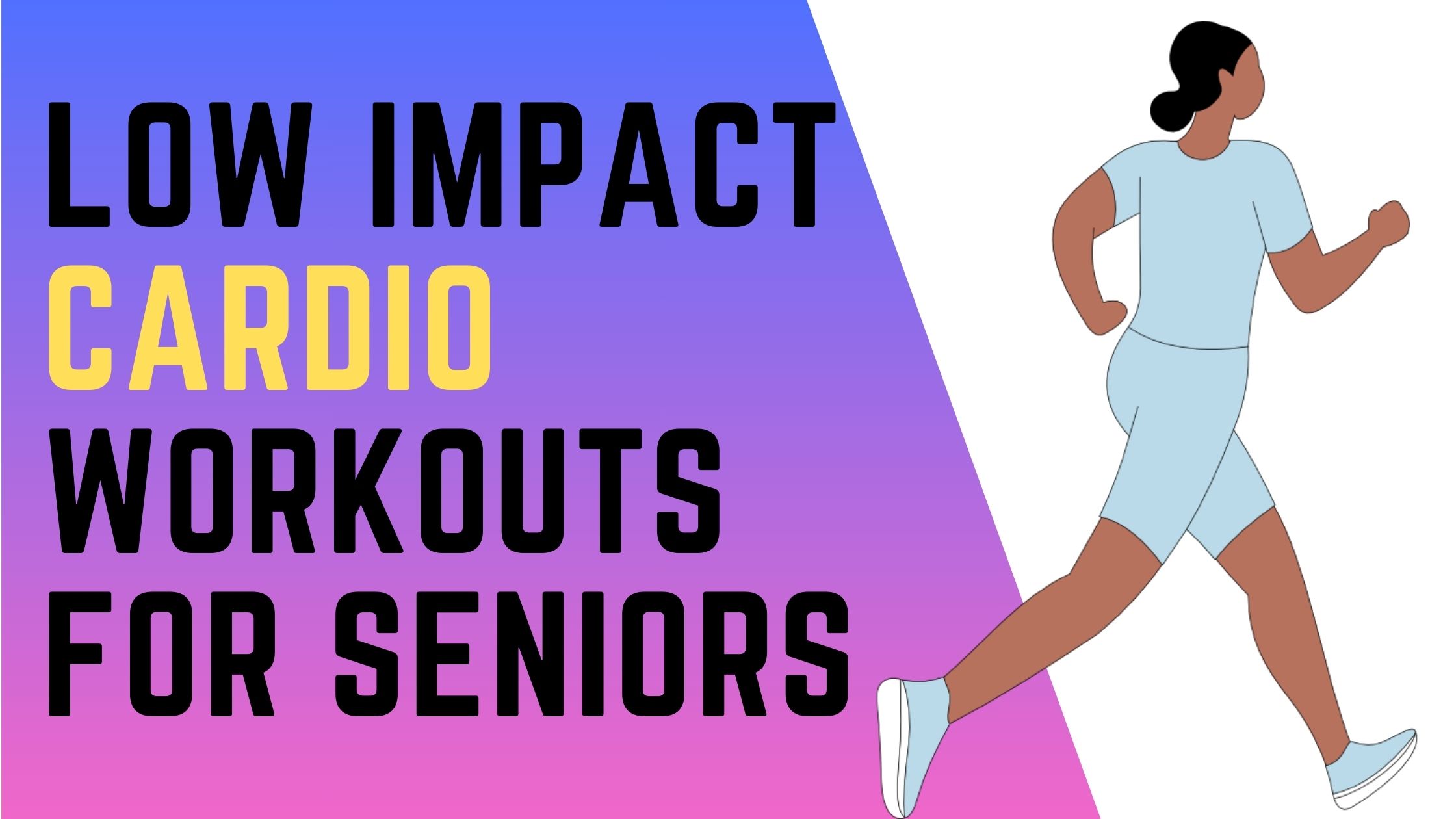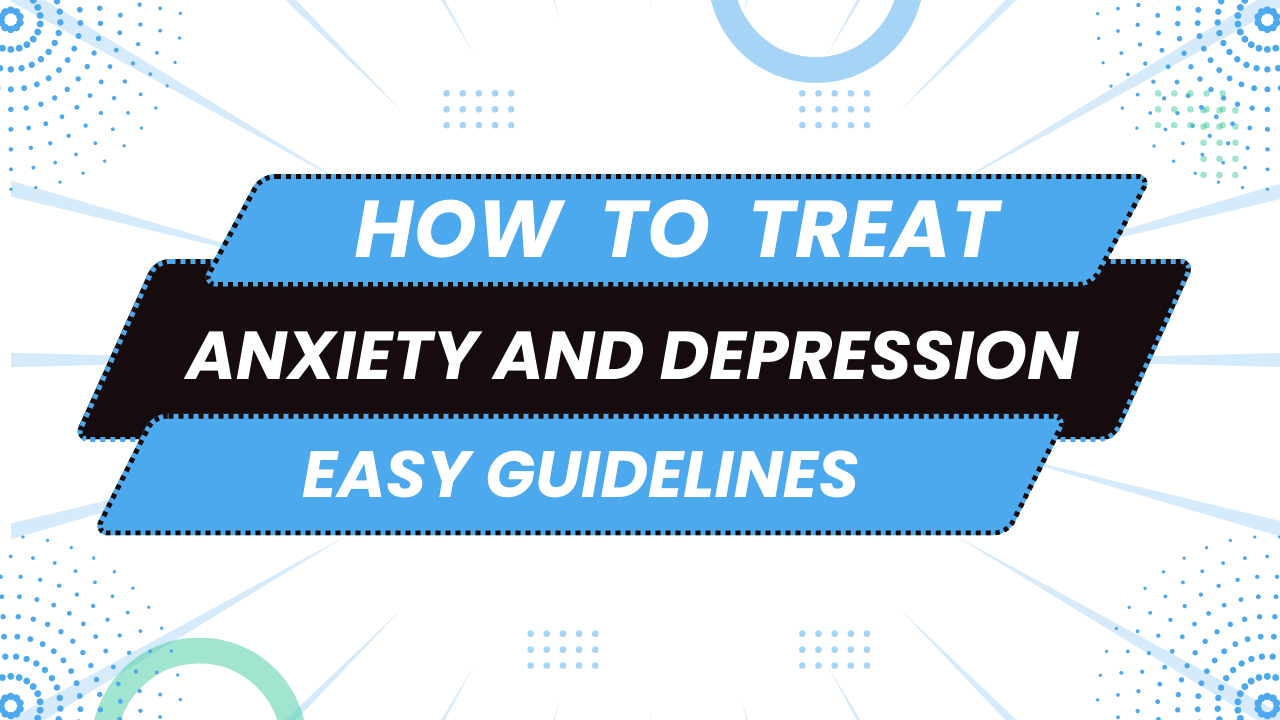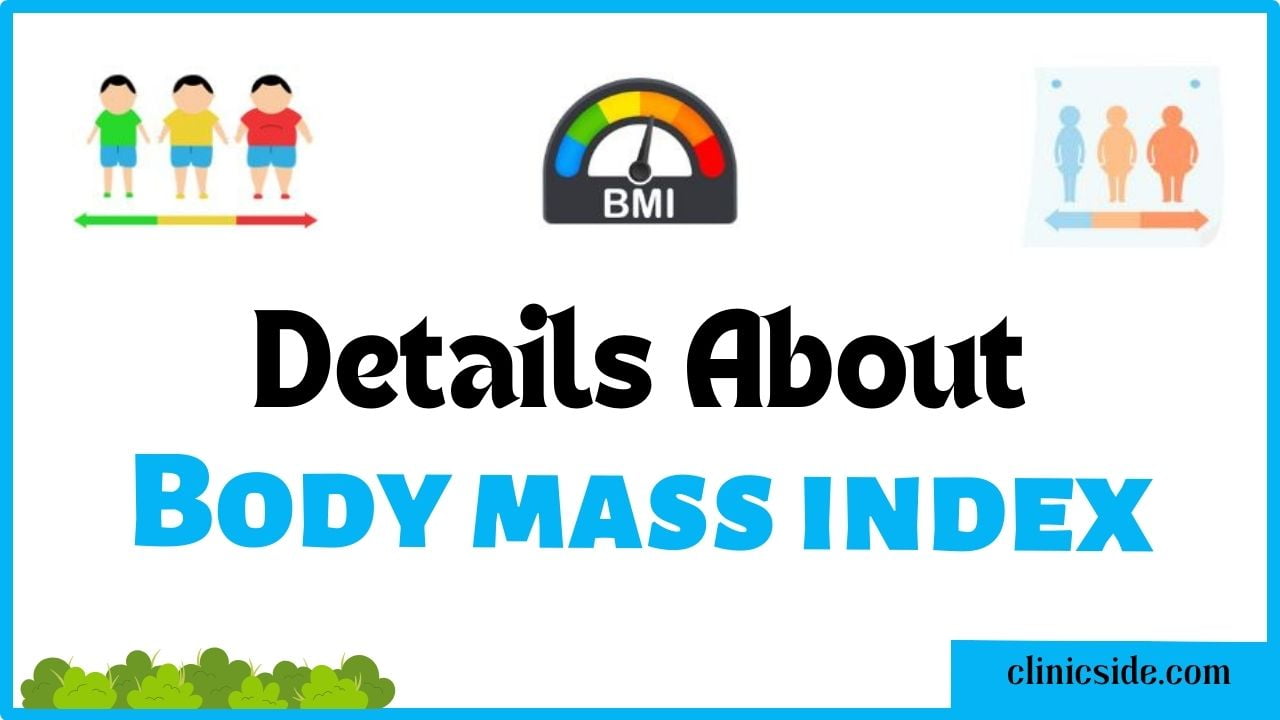Aging gracefully is not just about looking good, it’s about feeling strong, mobile, and independent. One of the most powerful ways seniors can maintain their health is through regular cardio exercise. However, traditional high-impact activities like running or jumping can be tough on aging joints and muscles.
That’s why low impact cardio workouts for seniors are the ideal choice. They are safe, easy to adapt, and still provide excellent cardiovascular benefits. In this guide, we’ll cover everything you need to know: what low impact cardio is, its benefits, the best exercises, and expert tips to stay motivated.
What is Low Impact Cardio?
Low impact cardio refers to exercises that elevate your heart rate while minimizing stress on the joints. Unlike high-impact workouts, which involve jumping or heavy pounding, low impact cardio uses smooth, controlled movements.
For seniors, this means:
- Safer exercise with reduced risk of injury
- Workouts that are gentle yet effective
- Flexibility to modify intensity based on comfort
In short, low impact cardio is the key to staying active without straining your body.
Why Seniors Should Choose Low Impact Cardio
As we age, the body undergoes changes such as decreased bone density, slower metabolism, and reduced muscle strength. Low impact cardio directly helps counter these changes by:
- Protecting the Joints – Gentle movements prevent pain and inflammation, especially for those with arthritis or osteoporosis.
- Strengthening the Heart & Lungs – Improves circulation, stamina, and energy levels.
- Supporting Weight Management – Burns calories without putting pressure on the knees or hips.
- Boosting Mental Health – Exercise releases endorphins, reducing stress, anxiety, and depression.
- Improving Balance & Coordination – Lowers the risk of falls, a major concern for older adults.
👉 In other words: low impact cardio is not just exercise—it’s preventive healthcare.
Top 10 Low Impact Cardio Workouts for Seniors
Here are the most effective and enjoyable exercises tailored for older adults:
1. Walking – The Timeless Workout
Walking remains the most accessible cardio for seniors. It enhances circulation, maintains mobility, and requires no equipment.
- Best practice: 20–30 minutes daily
- Tip: Walk outdoors for fresh air or on a treadmill for controlled speed
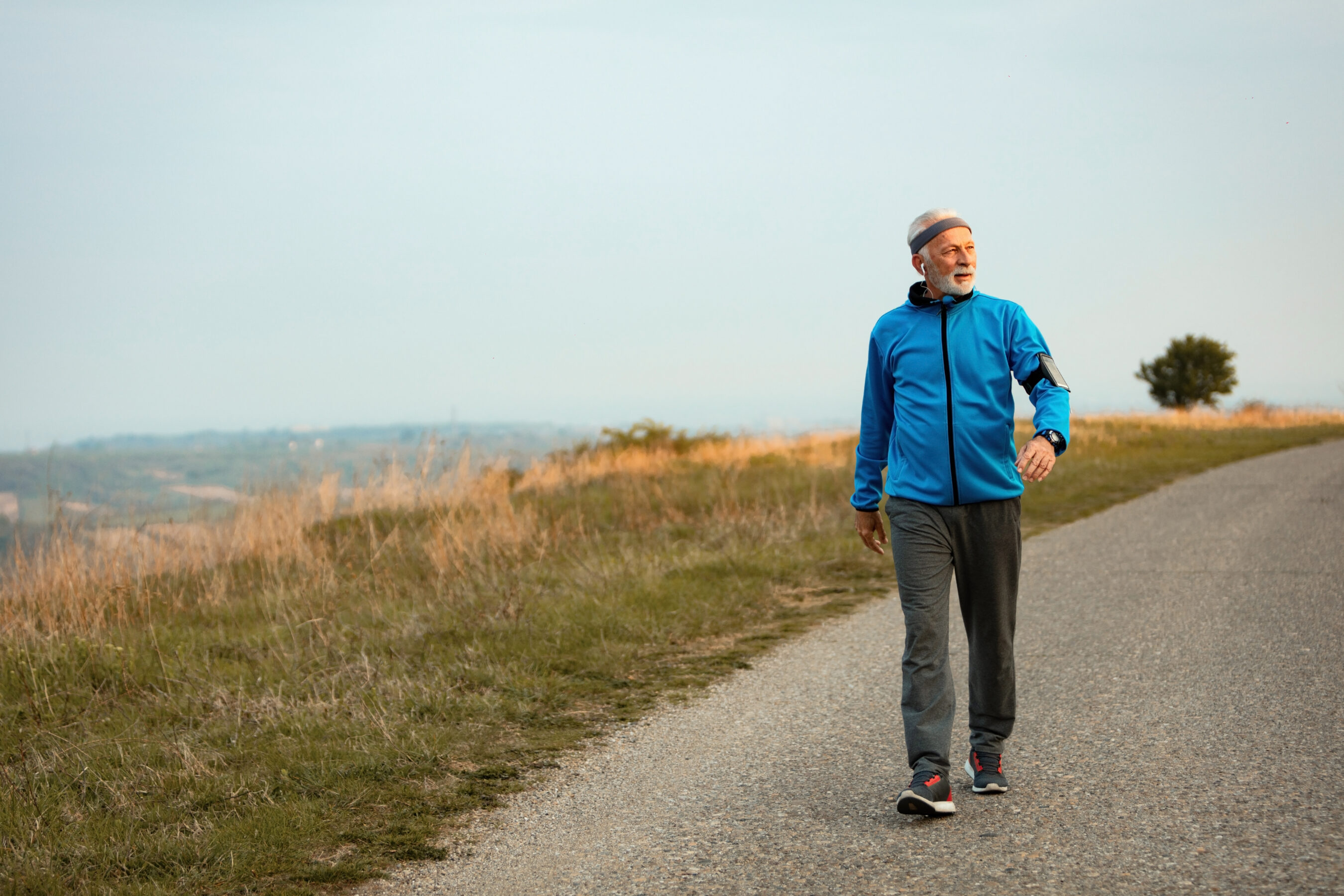
2. Chair Aerobics – Fitness While Seated
For seniors with mobility challenges, chair-based workouts are a safe alternative.
- Examples: seated marches, arm raises, leg extensions
- Benefit: Improves blood flow and builds strength without standing
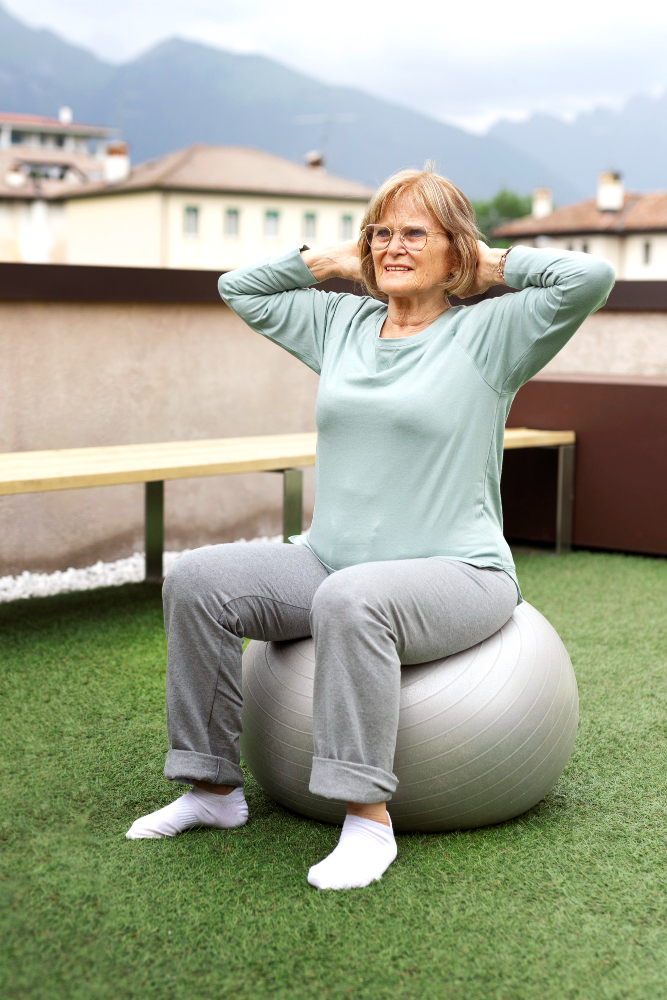
3. Swimming & Water Aerobics
Water supports body weight, making swimming the ultimate joint-friendly workout.
- Benefits: Relieves arthritis pain, builds endurance, improves flexibility
- Duration: 30 minutes, 2–3 times a week
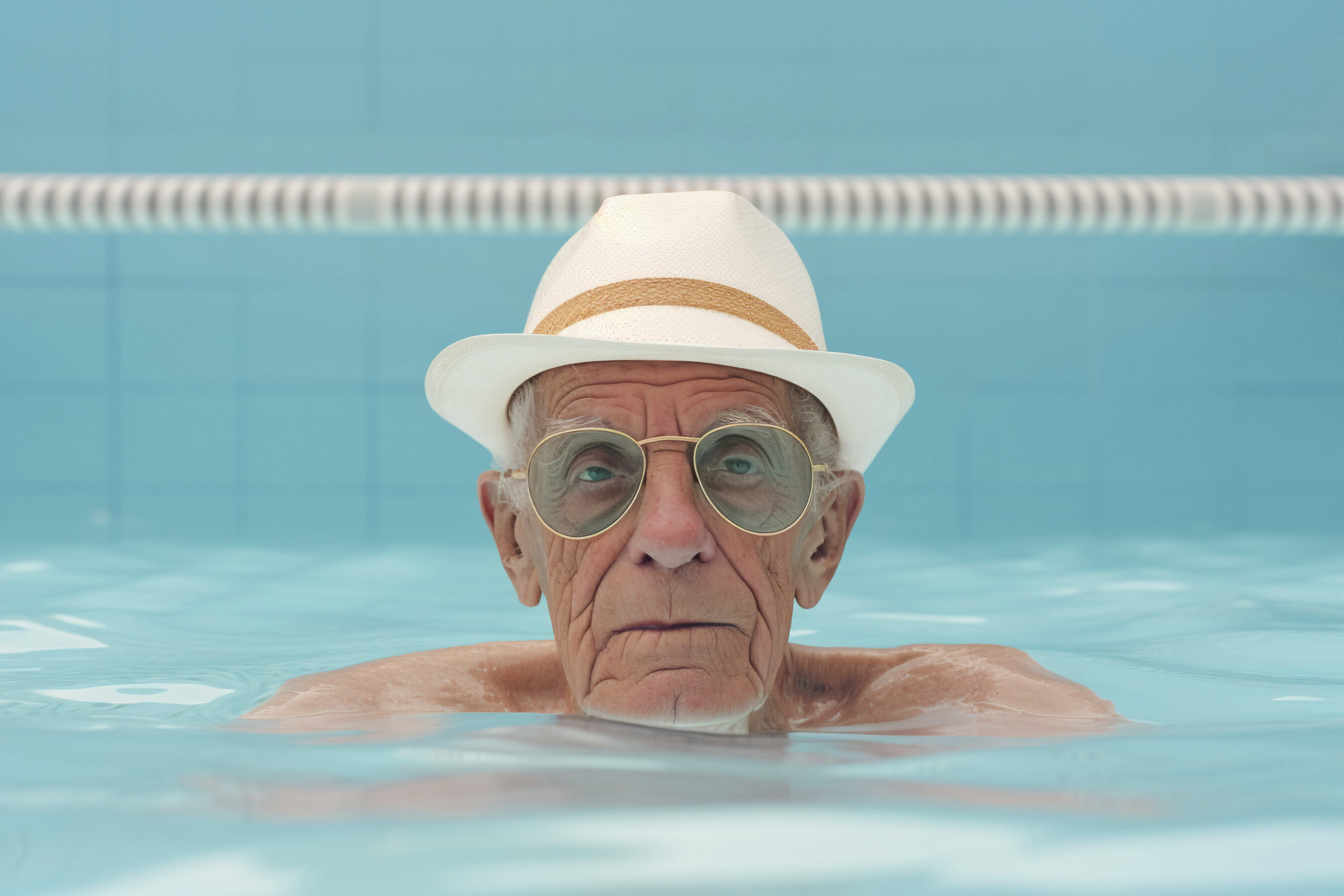
4. Stationary Cycling
Indoor cycling provides a smooth, low-stress workout.
- Benefits: Strengthens leg muscles, boosts cardiovascular health
- Great for: Seniors with balance issues
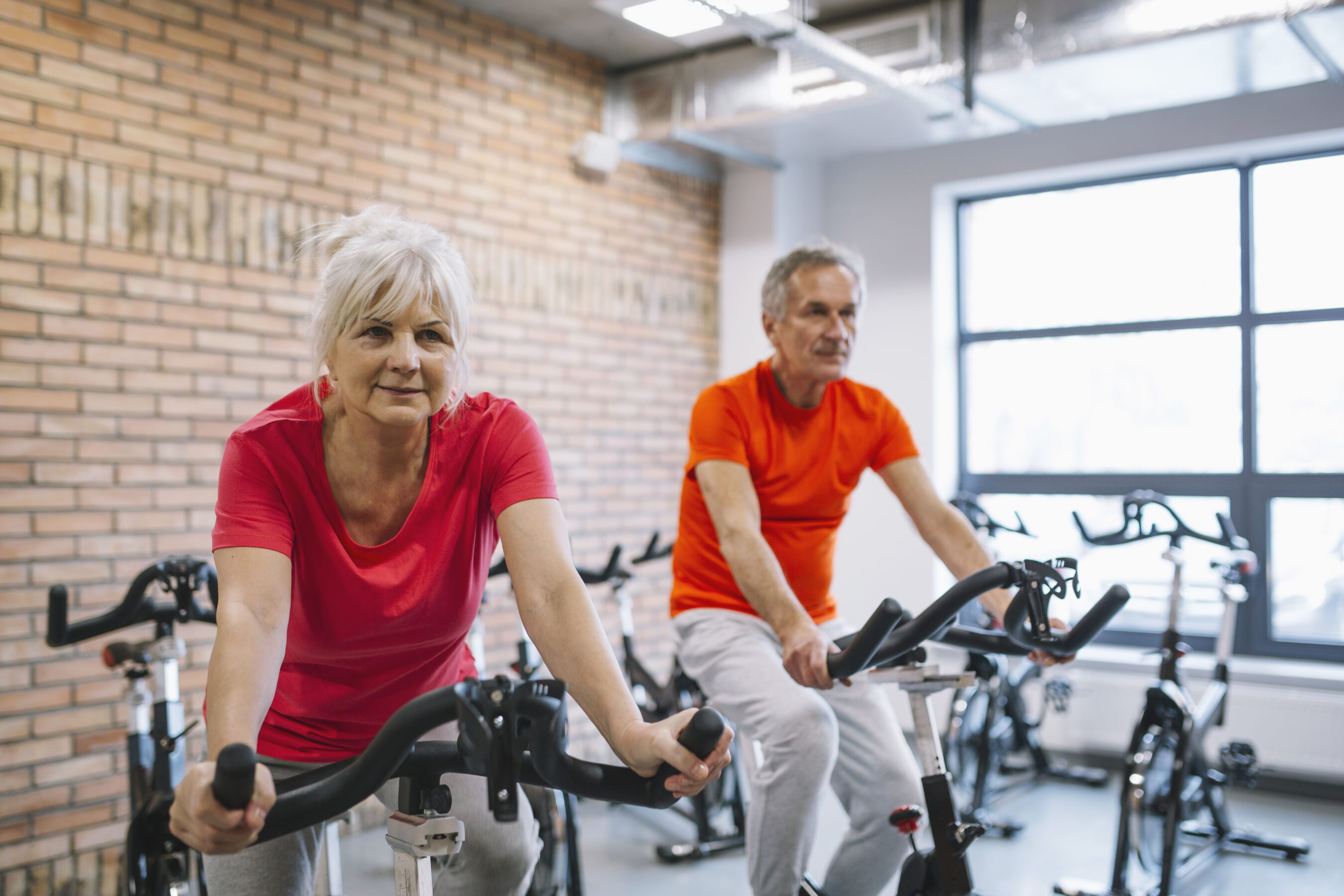
5. Tai Chi – Meditation in Motion
This ancient Chinese practice blends movement with mindfulness.
- Benefits: Improves balance, posture, and mental focus
- Bonus: Reduces stress and anxiety
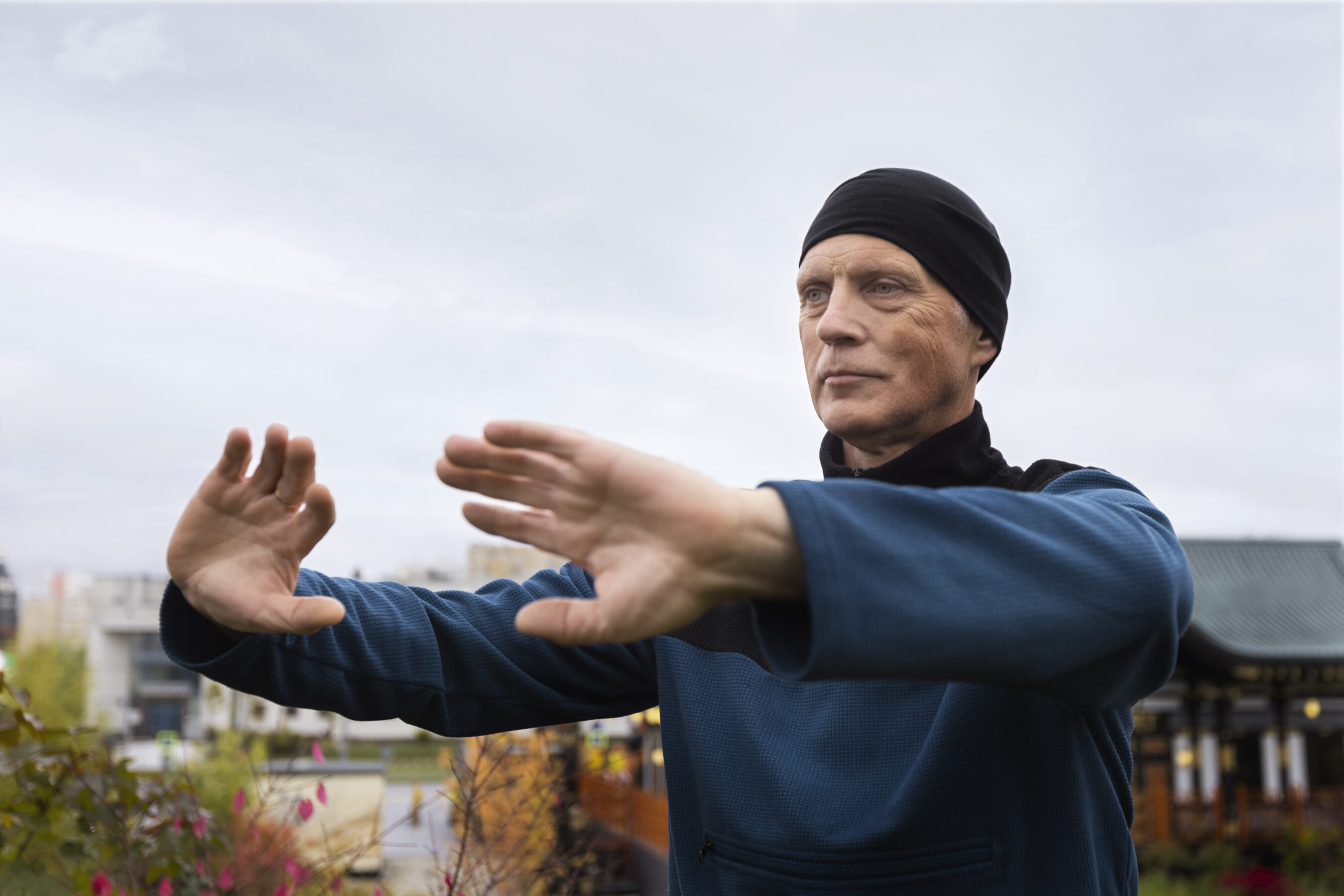
6. Light Dancing
Dancing is both fun and therapeutic. Seniors can dance solo, with a partner, or in groups.
- Benefits: Enhances coordination, flexibility, and mood
- Music: Choose slow, rhythmic songs for gentle movement

7. Step-Ups
Using a small step or platform, step up and down slowly.
- Benefits: Builds lower body strength, increases heart rate
- Safety tip: Hold onto a railing or chair for support
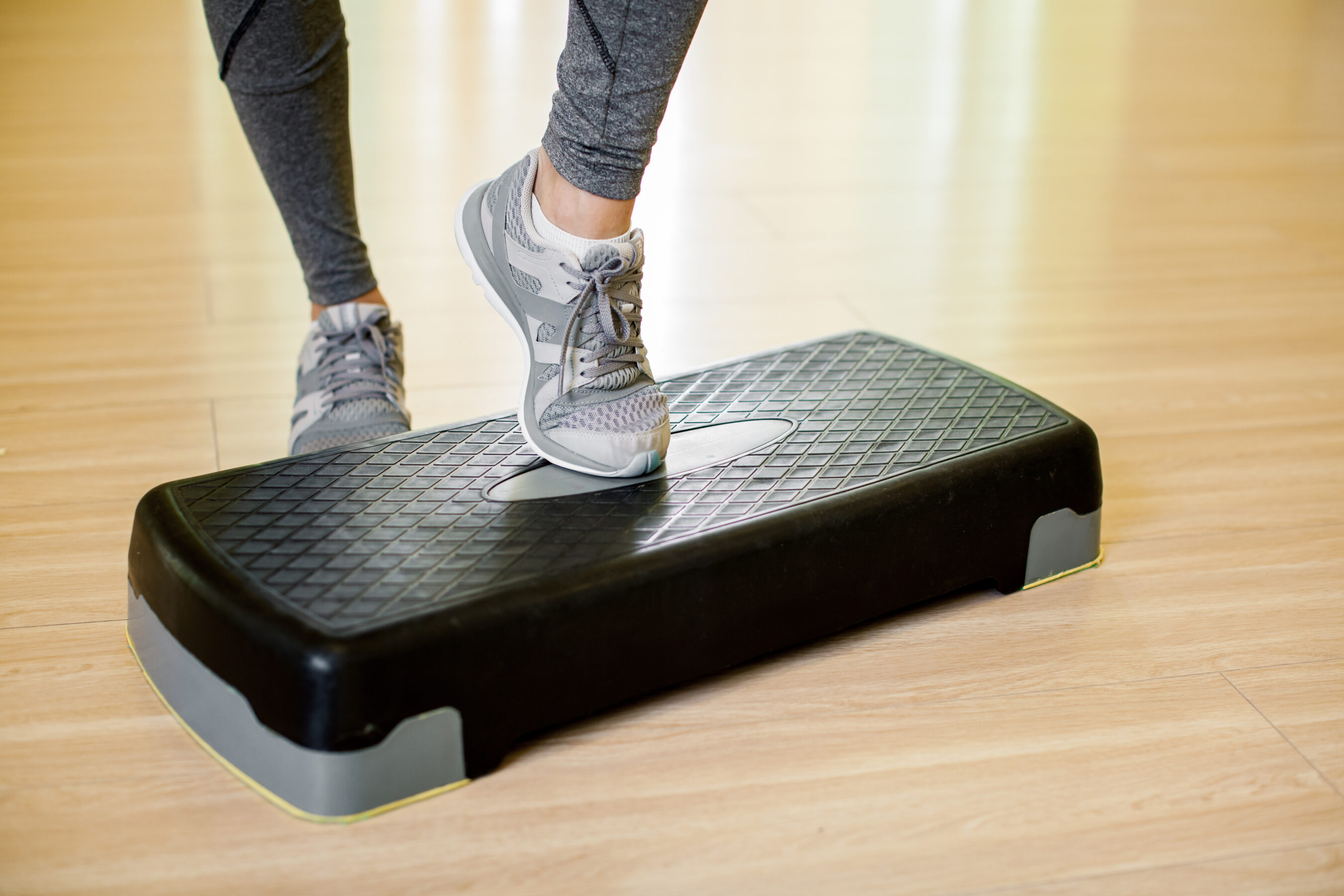
8. Gentle Yoga Flows
Yoga flows can be a mild form of cardio when performed at a steady pace.
- Benefits: Improves flexibility, balance, and circulation
- Variations: Chair yoga for seniors with limited mobility
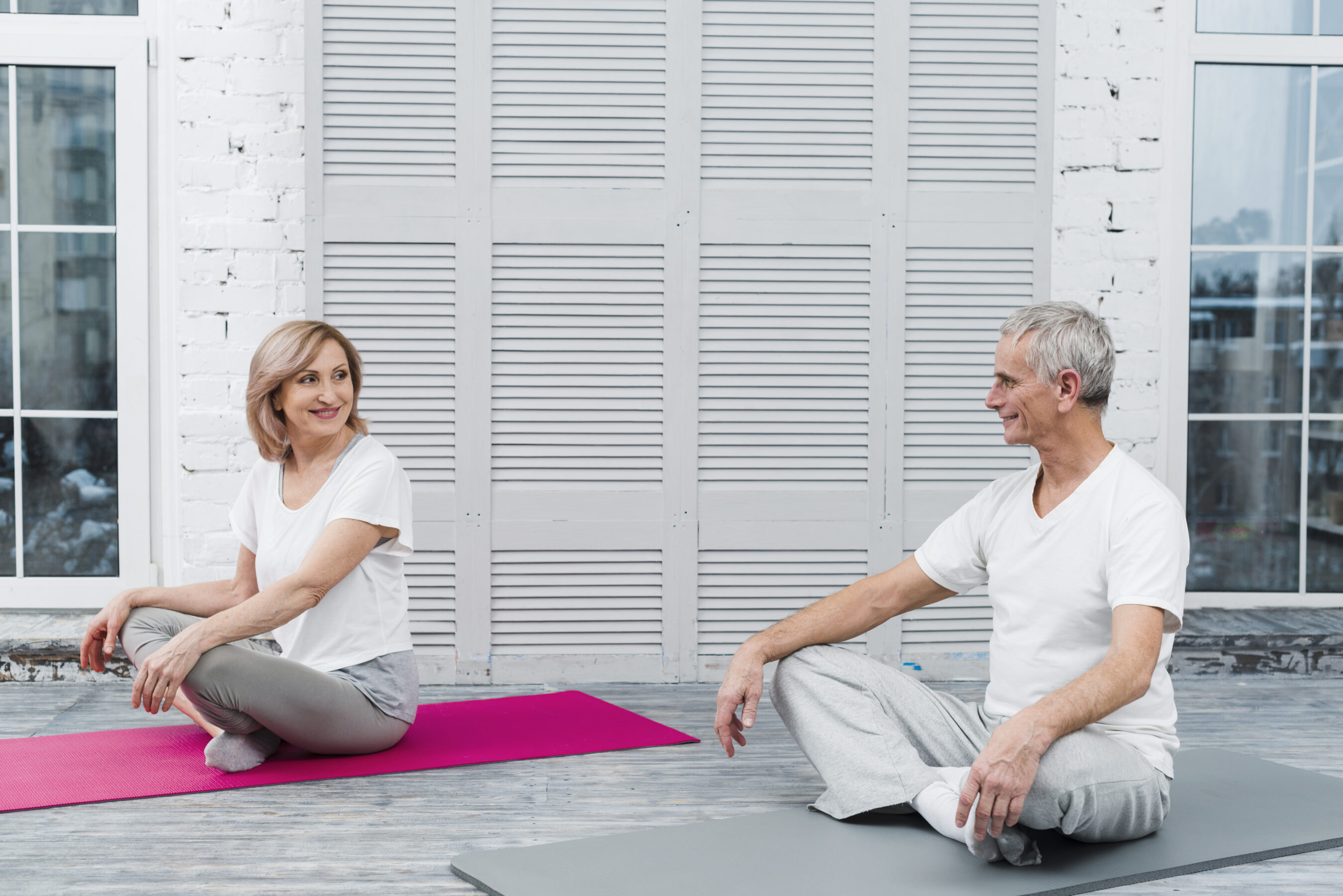
9. Resistance Band Cardio
Adding resistance bands makes movements more engaging.
- Examples: Side steps, overhead presses, and arm pulls
- Benefits: Strengthens muscles while raising heart rate
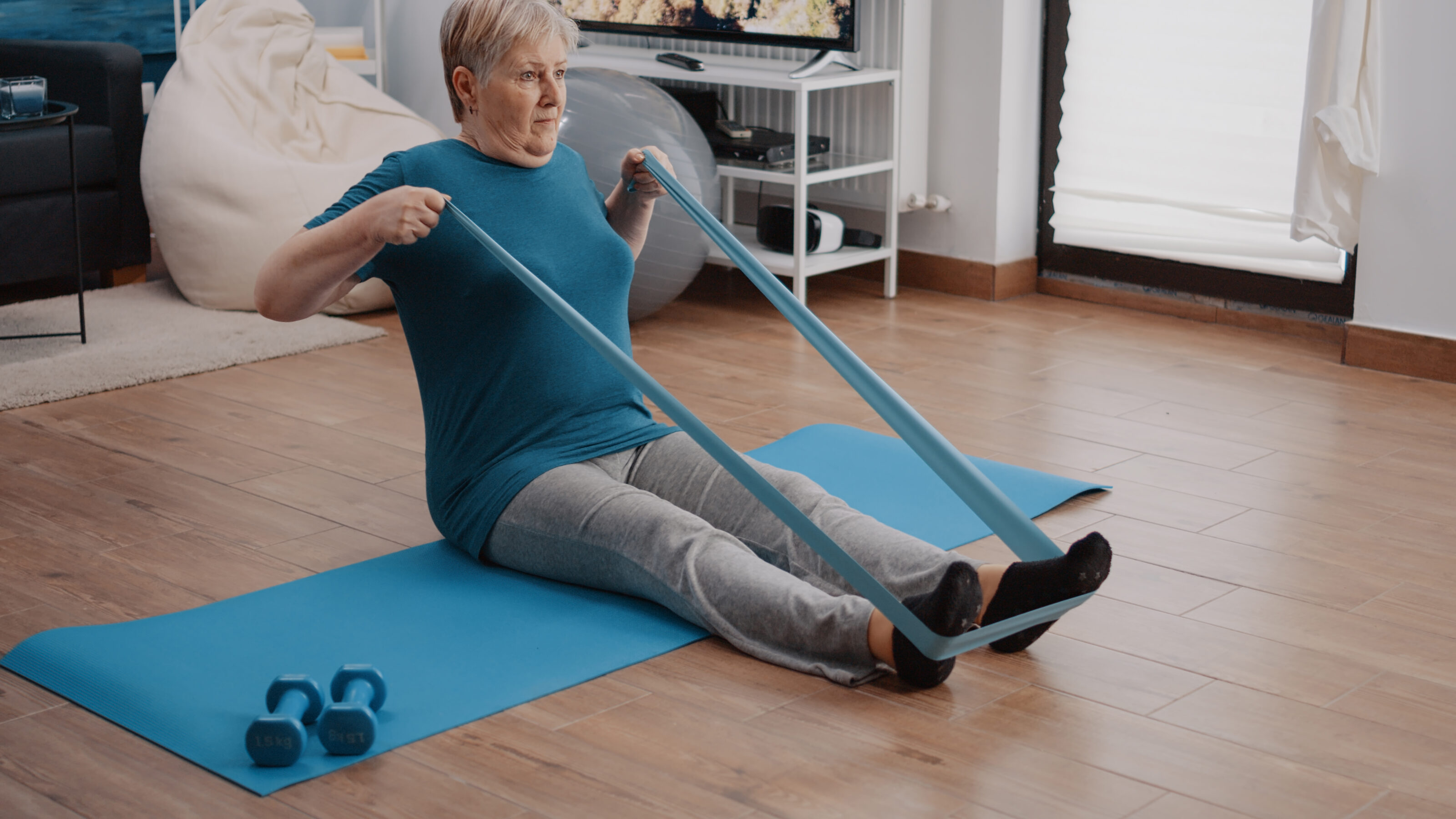
10. Everyday Activities as Cardio
Activities like gardening, light hiking, or playing with grandchildren count as natural cardio.
- Benefit: Makes exercise feel effortless and enjoyable

Expert Tips for Seniors Starting Cardio
Starting a new fitness routine at an older age can feel intimidating, but it doesn’t have to be. Here are some professional tips:
- Start Slow, Progress Gradually – Begin with 10–15 minutes and add time weekly.
- Warm Up & Cool Down – Stretch lightly to protect muscles.
- Stay Hydrated – Even mild activity requires proper hydration.
- Listen to Your Body – Stop if you feel unusual pain, dizziness, or fatigue.
- Check With Your Doctor – Especially if you have heart, joint, or chronic health conditions.
Health Benefits You’ll Notice
With consistency, seniors often notice:
- More energy for daily activities
- Lower blood pressure and cholesterol
- Improved sleep quality
- Reduced stiffness and pain
- Better mood and mental clarity
👉 These small, consistent efforts add up to a longer, healthier, and more independent life.
Final Thoughts
Low impact cardio workouts for seniors are more than just exercise, they’re a lifestyle choice that supports healthy aging, independence, and vitality. Whether it’s walking, swimming, or chair aerobics, there’s an option for every ability level.
Remember, the key is consistency over intensity. Even 20 minutes a day can make a remarkable difference in your overall health and happiness.
So put on your comfortable shoes, play your favorite music, or step into the pool—because your best years can still be your most active ones.

